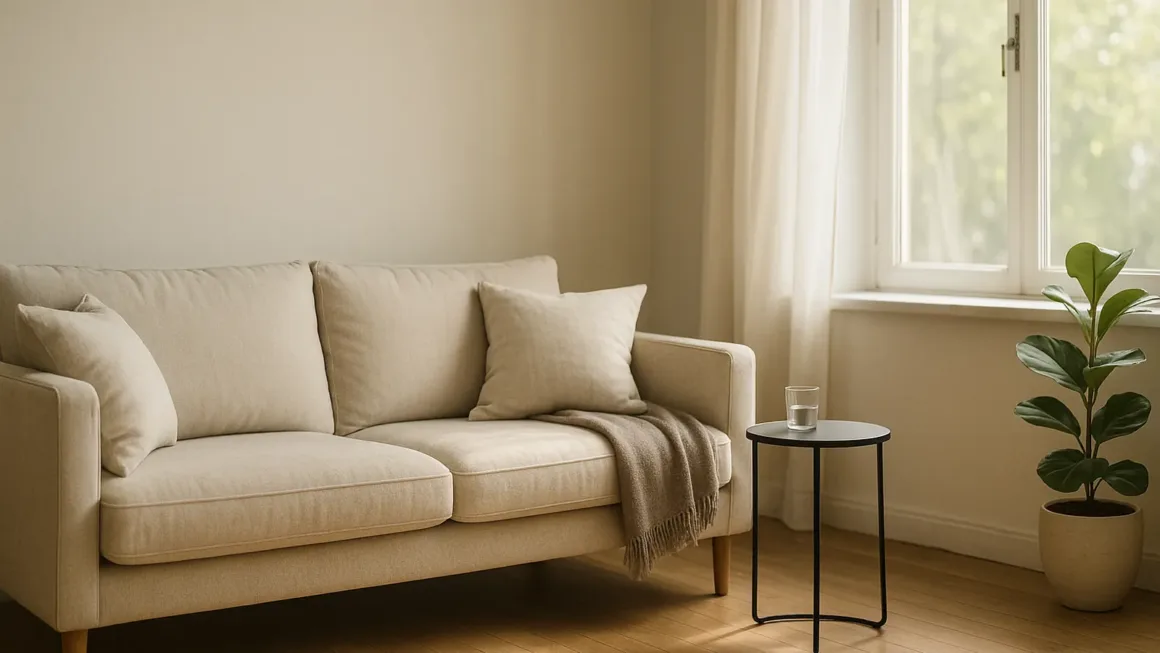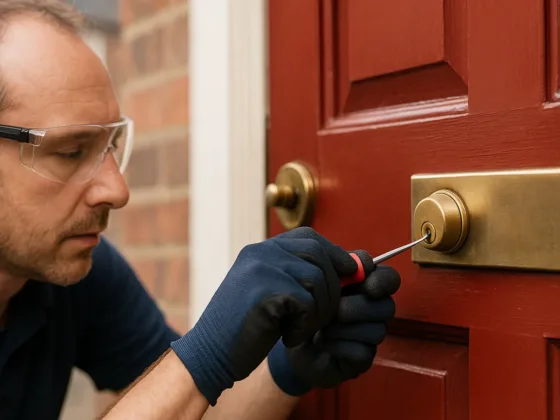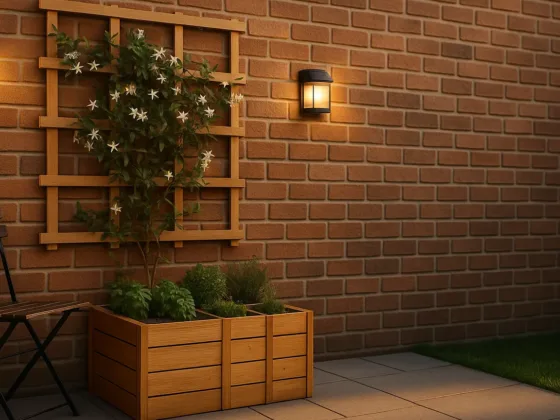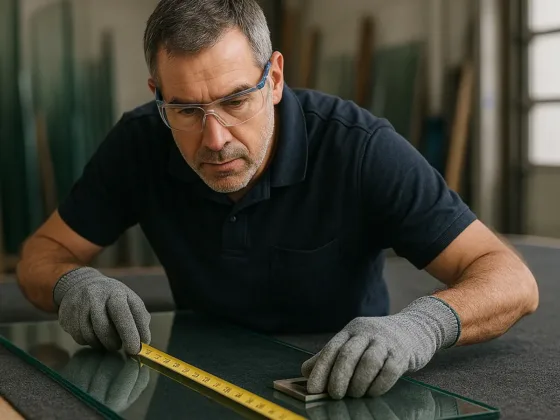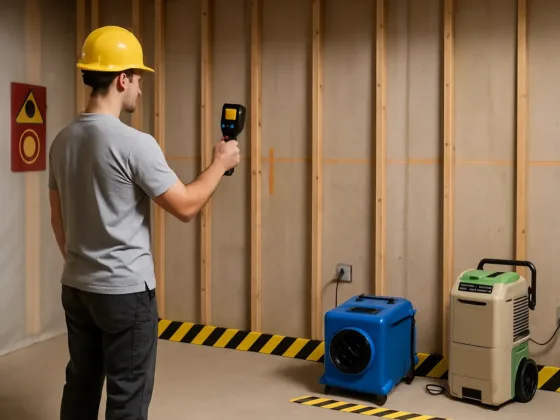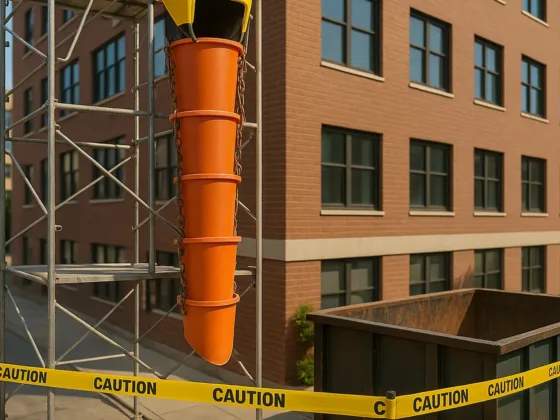Table of Contents Show
A home that supports aging in place starts with the pieces you touch all day. Choosing non-toxic furniture—from the sofa you nap on to the dresser you open before lights out—keeps indoor air calmer. When items give off strong smells or leave residue, older adults notice first with irritated eyes, a scratchy throat, or choppy sleep. This guide sticks to the practical: which materials to choose, what labels actually tell you, how to handle the first week after delivery, and how to clean in a way that protects indoor air.
We point you to primary standards such as UL GREENGUARD Gold, FSC, OEKO-TEX® Standard 100, and GOTS and add simple, real-world steps like cracking a window and rotating cushions that make a measurable difference during the first week. Interest is rising at retail and even in senior living communities, but homeowners rarely get the full picture in one place. You will here.
Editor’s note: We favor clear product specs and third-party certifications over marketing copy. Where possible, we link to primary organizations for verification.
Quick Summary
- Core materials: Solid hardwood like maple, oak, or beech; natural latex; wool and cotton; steel or aluminum with a durable powder-coat.
- Finishes and glues: Plant-oil and wax systems; water-based or no-added-formaldehyde adhesives, verified on the spec sheet.
- Credible certifications: FSC, UL GREENGUARD Gold, OEKO-TEX® STANDARD 100, GOTS, MADE SAFE.
- Setup that works: Air new pieces near a cracked window, keep a fan on low, and use a HEPA vacuum to capture dust that binds residues. See the EPA overview of VOCs and indoor air quality for the why.
- Smart buys: Refurbished hardwood, modular sofas with replaceable parts, and local makers who share finish and adhesive details up front.
Why Non-Toxic Furniture & Materials Matter for Older Adults
Indoor air can concentrate emissions from foams, finishes, and adhesives. As time at home increases, mild irritants can feel outsized: a steady headache, a rough throat, a restless night. Lower-emission choices reduce that background load so the body spends its energy on strength, balance, and rest rather than reacting to fumes.
Non-Toxic Furniture Materials & Components
Frames & Panels
- Choose first: Solid hardwood such as maple, oak, ash, or beech; or a steel or aluminum frame sealed with a tough powder-coat.
- Check panels: Look for no-added-formaldehyde language and compliance with TSCA Title VI or CARB ATCM printed on the spec sheet, not only in marketing copy.
- Finishes that behave: Plant-oil or wax systems and high-quality water-borne finishes cure cleanly and are easier to live with than heavy solvent lacquers.
Foams & Padding
Natural latex gives firm, springy support and generally emits less than many conventional polyurethane foams. A wool layer adds cushion, helps manage humidity, and brings flame resistance without extra chemicals.
Fabrics & Leathers
Choose organic cotton, linen, hemp, or wool with OEKO-TEX® STANDARD 100 or GOTS labels. Be wary of performance coatings unless the brand can show a safer-chemistry approach in writing.
Hardware & Glides
Stainless or powder-coated hardware holds up and wipes clean. Felt or cork glides protect floors without relying on soft-PVC plasticizers.
Certifications That Help
- FSC: confirms wood comes from responsibly managed forests and signals better traceability.
- UL GREENGUARD Gold: tight limits on emissions from whole furniture, not just ingredients.
- OEKO-TEX® STANDARD 100: fabric and components tested for a long list of harmful substances.
- GOTS: organic fiber standard with environmental and social criteria across the supply chain.
- MADE SAFE: screens ingredients against a broad hazard list relevant to the home.
For composite wood and finishes, rely on EPA TSCA Title VI and CARB ATCM as your baseline rules.
Editor’s quick checklist before you buy
- Frame: kiln-dried hardwood or powder-coated steel. Ask for species and finish type.
- Panels: no-added-formaldehyde with explicit TSCA Title VI or CARB ATCM language on the spec sheet.
- Cushions: natural latex or high-resilience foam with documented low emissions.
- Textiles: OEKO-TEX® or GOTS. Avoid mystery performance coatings.
- Finishes and adhesives: water-based systems or plant oils and waxes. Avoid heavy solvent lacquers.
- First-week plan: windows cracked, fan on low, cushion rotation, HEPA vacuum by day three.
Non-Toxic Furniture Setup: Placement, Ventilation & Upkeep
The materials you pick are the start. What you do in week one determines whether a low-emission piece stays that way. For layout and maintenance ideas, see this guide to how furniture supports aging.
- Unbox smart: If possible, unbox outdoors or in a garage. Remove plastics so finishes can breathe.
- Stage near airflow: Place pieces by a window or door and use a ceiling or pedestal fan on low.
- Air it out fully: open drawers, unfasten cushion zips, and give storage bays a little breathing room.
- Clean with intent: by day three, run a HEPA vacuum over floors and upholstery to capture dust that can carry residues.
- Keep it moving: rotate cushions each evening the first week so odor and moisture don’t settle in one spot.
- Ventilation basics: For VOC fundamentals and off-gassing tips, see EPA guidance.
Follow this week-one routine to keep your non-toxic furniture performing as intended.
Humid and coastal homes
In humid or coastal rooms, aim for about 50 percent relative humidity during week one. Wool, solid wood, and water-borne finishes stay stable when humidity doesn’t swing.
Arid and high-altitude homes
In arid or high-altitude homes, the air-out period is shorter, but dust moves quickly. Start the HEPA passes earlier — day two is a good target.
Related healthy-home read: Electrical Safety Tips Every Homeowner Should Know.
Budget vs. Durability: Getting Real About Costs
Sticker price isn’t the full picture. Solid hardwood tends to serve for decades, which cuts replacements and frustration. Well-kept mid-century pieces are already fully off-gassed and take new upholstery cleanly. Modular sofas let you replace a single cover or cushion instead of the whole frame. Many local makers will share finish and adhesive specs in plain language and can offer phased payments when you ask.
If furniture sat through a leak or a musty storage spell, see Fire & Flood Restoration: What Toronto Homeowners Should Know for steps that keep moisture and mold from following you into the living room.
Over a decade, smart upgrades often cost less than replacing low-quality pieces, especially with non-toxic furniture that’s built to last.
Case Snapshots
- Under five hundred dollars: swap crumbly foam in two seats for natural-latex inserts, add cotton slipcovers, and trade plastic chair glides for felt or cork pads. Seats feel firmer, odor drops, and you avoid extra solvents.
- About fifteen hundred to three thousand: pick an FSC hardwood coffee table finished with plant oil, a wool area rug backed with natural rubber, and a dresser labeled no-added-formaldehyde. Cleanup stays simple and emissions are lower.
- Four to eight thousand: choose a modular sofa with a kiln-dried hardwood frame and latex or wool cushions, add a powder-coated steel bookcase, and finish with an organic-latex mattress topped with wool. You get long service life, parts you can replace, and stable finishes.
Price windows reflect typical 2025 U.S. retail. Brands and regions vary. Confirm specifications and certifications before you buy.
Red Flags to Watch For — Shop-Floor Checklist
- Claims that a product meets a flammability standard with no detail or any note of added flame retardants.
- PU or leatherette with no disclosure of plasticizers or finish chemistry.
- Strong odor that persists beyond two to three weeks despite ventilation.
- No specification sheet when requested.
Wording to look for on labels and spec sheets: no-added-formaldehyde, water-based finish or adhesive, GREENGUARD Gold, FSC-certified, OEKO-TEX, GOTS, powder-coated steel.
Room-by-Room Non-Toxic Furniture Picks for Aging in Place
Living Room
- Sofa: Kiln-dried hardwood frame with natural-latex cushions and removable cotton or linen slipcovers. Block legs keep it steady when standing up.
- Recliner: Mechanical or low-EM motor, firm arms for leverage, easy-clean fabric made from natural fibers.
- Tables: Rounded corners, a stable base, and a plant-oil or wax finish that wipes down easily.
These small details make living-room non-toxic furniture sturdy, comfortable, and easy to maintain.
Bedroom
- Bed frame: Solid hardwood or metal. Use a slatted base so the mattress can breathe.
- Mattress: Organic latex with a wool top layer and a zip-off cotton protector.
- Storage: Low-VOC dressers with full-extension drawers and soft-close hardware to limit strain.
Dining & Kitchen
- Chairs: Solid hardwood with discrete non-slip feet. Stick with natural fabrics or bare wood seats that clean fast.
- Table: Solid wood or a powder-coated metal base with a low-VOC topcoat.
- Floor runners: Natural-rubber backing instead of PVC so they grip without off-gassing plasticizers.
For a broader healthy-home approach, read Benefits of Eco-Friendly Pest Control.
Mini How-To: Safely Air Out a New Sofa — 7 Steps
- Unbox outdoors or in a garage.
- Recycle plastic wraps where accepted and do not leave them on.
- Stage by a window and open cushion zippers and storage bays.
- Run a fan on low twice daily for up to one hour.
- HEPA vacuum fabric and floors after day three.
- Rotate cushions daily during the first week.
- If odor remains after three weeks, request emissions data and options from the maker.
FAQs
Is solid wood always safer than engineered wood?
Not by default. Panels are a solid option when they carry clear no-added-formaldehyde wording and meet TSCA Title VI or CARB. Solid wood with water-borne or plant-oil finishes is the simplest path when you want fewer variables.
Do I need flame retardants for safety?
Residential upholstery typically meets standards without added flame retardants. Look for brand statements that say no added flame retardants.
How long will new furniture smell last?
With a window cracked and a fan ticking along on low, one to three weeks is typical. If a cushion still smells after week three, unzip the cover and let it breathe on its own, then ask the maker for emissions data. A GREENGUARD Gold reference is a helpful signal.
Are vintage pieces safer?
Often yes. A long-owned hardwood frame has already off-gassed. Re-upholster with OEKO-TEX or GOTS fabric and a water-based adhesive to gain character, durability, and cleaner indoor air in one move.
Professional Review & Credibility
- Author: Perla Irish, home improvement editor at DreamlandsDesign with a focus on healthy materials and indoor air quality.
- Editorial standards: We rely on transparent material specifications, third-party certifications, and product data sheets when available.
🔎 Reviewed by: Dr. Marilyn Black, PhD — Senior Technical Advisor at UL Solutions’ Chemical Insights Research Institute and founder of the GREENGUARD Environmental Institute.
Scope: Verified accuracy of materials and certifications such as FSC, GREENGUARD Gold, OEKO-TEX and GOTS and MADE SAFE, plus guidance on low-emission finishes and adhesives and on setup and ventilation for residential furnishings.
Sources & Further Reading
- UL GREENGUARD Gold — program overview
- FSC — certification explainer
- OEKO-TEX® STANDARD 100 — official standard
- GOTS — standard overview
- MADE SAFE — certification process
- EPA — TSCA Title VI for composite wood
- CARB — Composite Wood Products Program
- EPA — VOCs and indoor air quality
Use this checklist whenever you shop for non-toxic furniture for aging in place.
